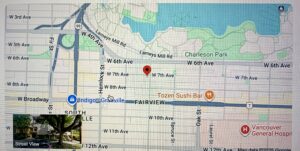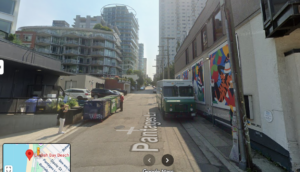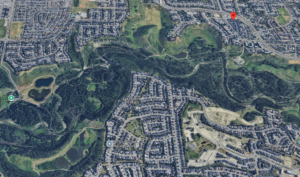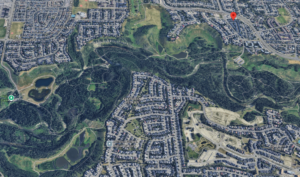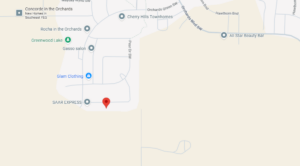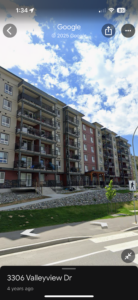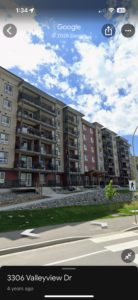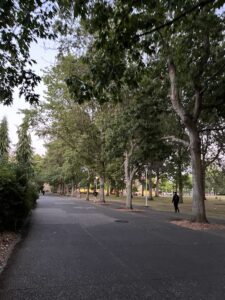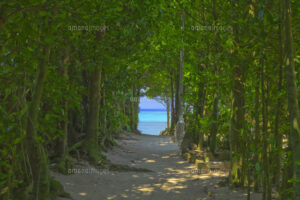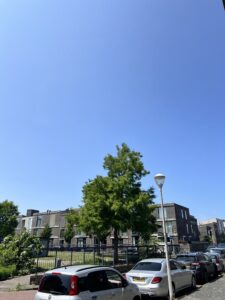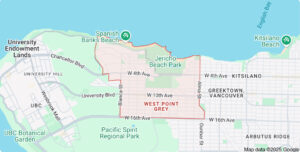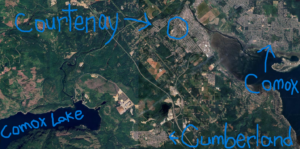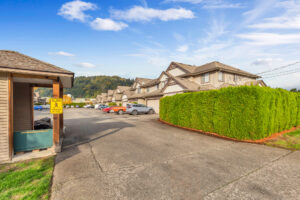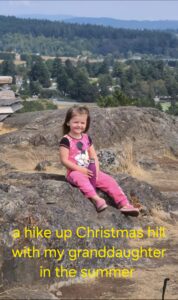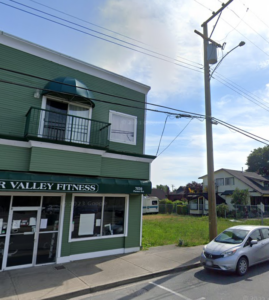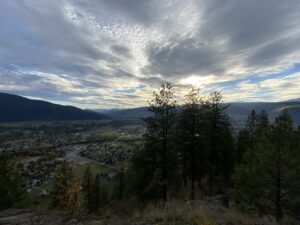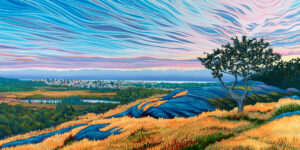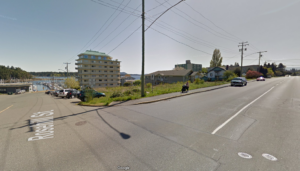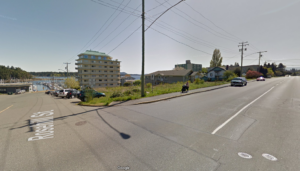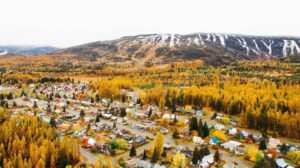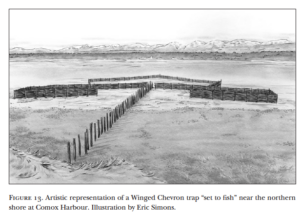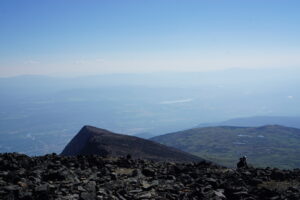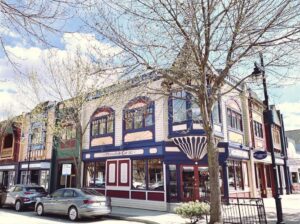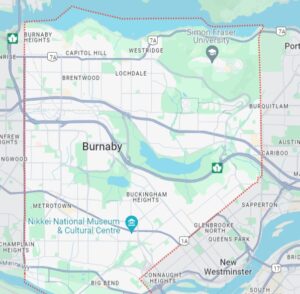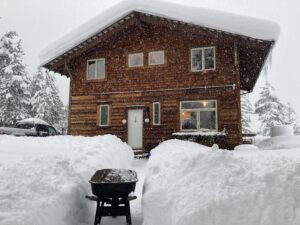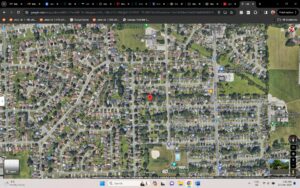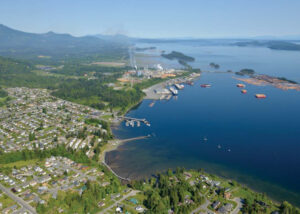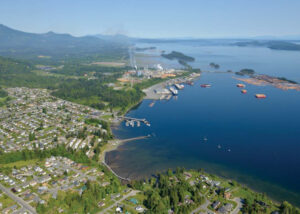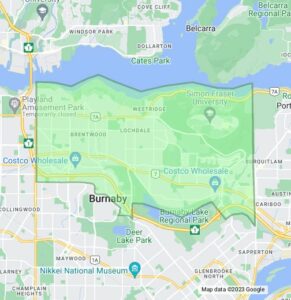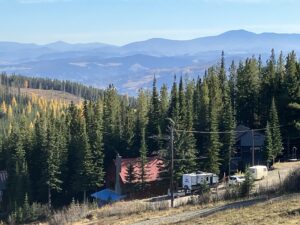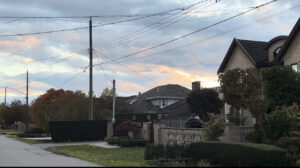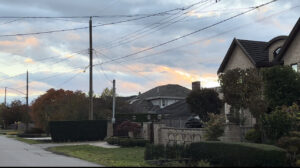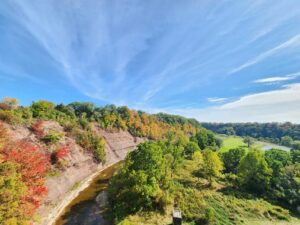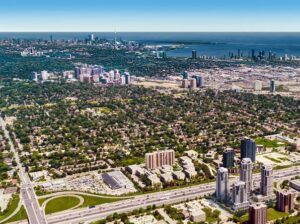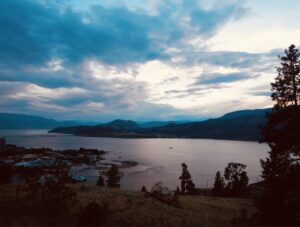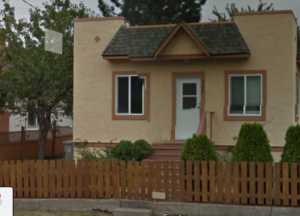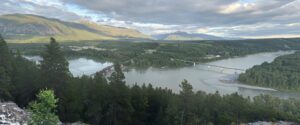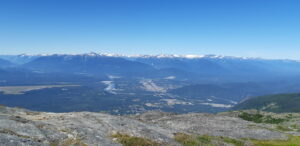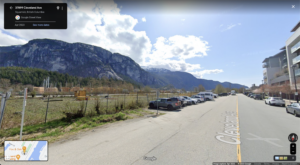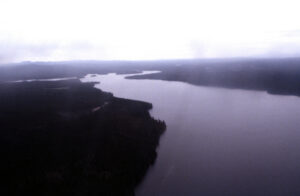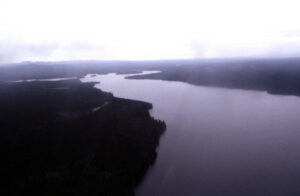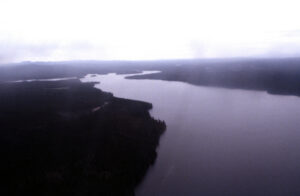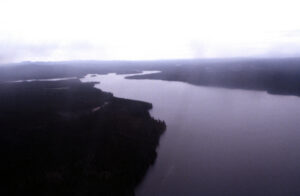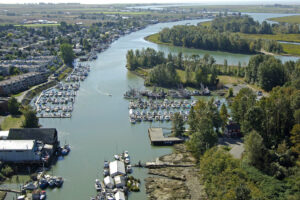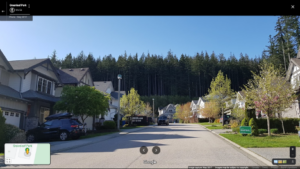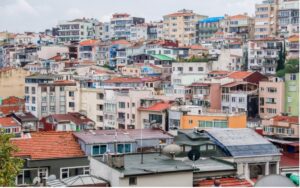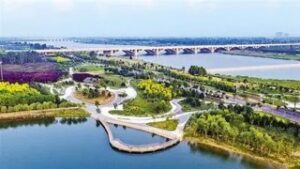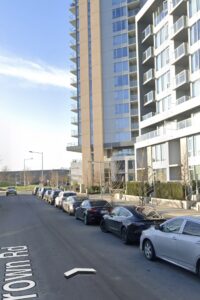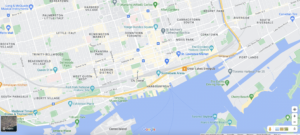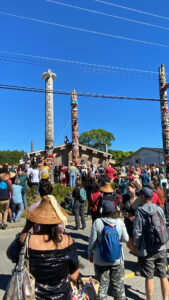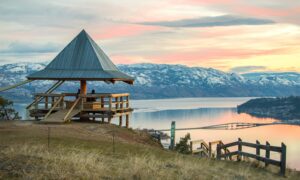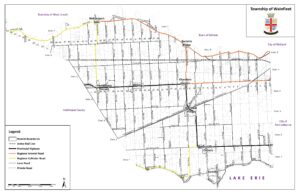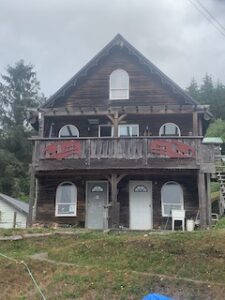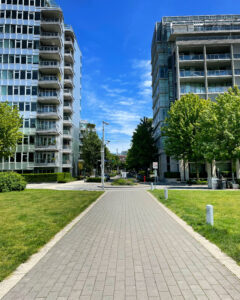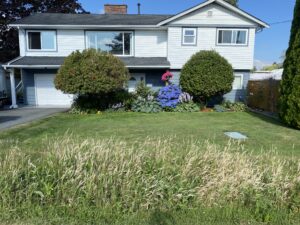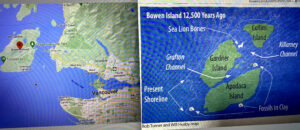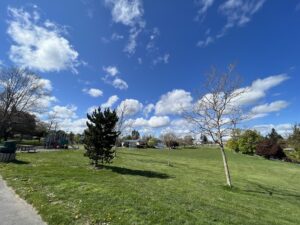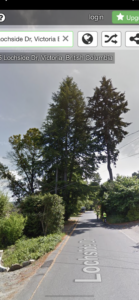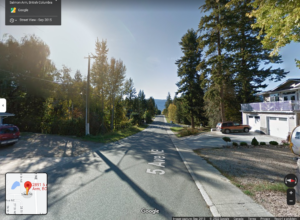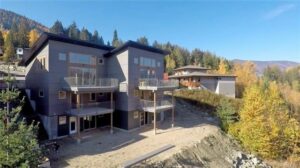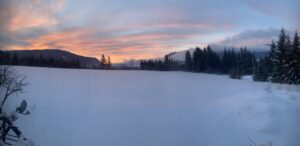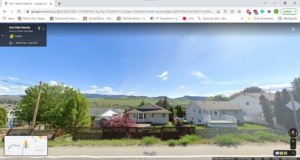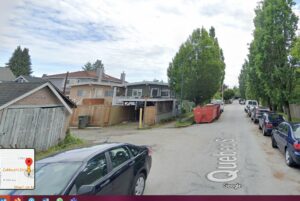Exercise #1: Local Environmental History
Instructions
For Exercise #1, you will bring environmental concepts home by looking at your neighbourhood’s environmental history.
- Using the submission form, post a photo of your area (Google Street View if you do not want to show your home) on this interactive map and explain the ecological history of this space, as per this example.
- Write a 700 to 1100 word of the ecological history of this physical environment, including where applicable: pre-contact use and settlement; wildlife past and present; early settlement and resource extraction; invasive species; urban development; stewardship actions (urban stormwater retention systems; community gardens; composting facilities).
- You must show where you found your information, either through footnote citations or with links embedded in the text, or a combination of both.
- The writing can be informal, as per the Exercise 1 Sample (you may even use first person, which definitely will not fly with your historiography and major essay projects!) but correct spelling and grammar are expected.
- In most cases, given the readily available information online, this exercise need not take more than 6–8 hours to complete. It is meant to help you think historically about your environment—to read it through an ecological lens. If you live in a rural area or small town, you may think that there is less to say than what you read in the sample based on a Vancouver neighbourhood, but this is not the case. The environmental history will be very different, and you might focus far more on, say, the settlement period of the late nineteenth century, or the implications of the introduction of cattle or irrigation and less on events of the 1960s and 70s.
- Please note, you should write and edit your submission in a separate file then copy and paste it into the submission box. Once submitted to the HIST 3991 trubox site, you will not be able to edit your post.
Are you a student of HIST 3991? Click here to add a submission to this assignment.
Submissions
Latest Posts
Burnaby Lake Regional Nature Park – Piper Avenue Area
June 1, 2025 By: Rashad
Burnaby Lake might seem like just another city park at first glance, but it is actually very rich in history. Long before roads and suburbs showed up, this area was cared for by the Tsleil-Waututh and Musqueam peoples. They used the lake and surrounding wetlands to fish, gather plants, and live in rhythm with the seasons. It was managed and respected back then until the late 1800s, where things started changing fast. Settlers drained parts of the lake, built sawmills, and brought in invasive plants like blackberry bushes that still grow wild today. The area went from a vital wetland…
Enderby BC
May 27, 2025 By: Shelsey Ambrosi
I live in I Enderby, British Columbia, on Knight Avenue, on the traditional Secwepemc territory. My house is part of the city of Enderby’s historical tour (#39 on the list) and can be seen here: https://www.enderbymuseum.ca/pdfs/Enderby_Historical_Walking_Tour.pdf. My home and the two homes beside it are all similar gable style and on long, narrow lots built by the same man in 1907. Our location is just blocks away from a small downtown, the Shuswap River, the Enderby Cliffs, and the Splatsin community center. The Splatsin community shares on their website https://splatsin.ca/your-government/story that the Secwepemc people have resided in the region…
Enderby BC
May 27, 2025 By: Shelsey Ambrosi
My neighbour is on Secwepemc territory. My house is one of the 3 houses in a row built between 1904-1907. Prior to settlement the Splatsanic resided here where there was once an abundance of animals until being forced to retreat further and further away from developments. Behind my house is a newer school which was once all marsh land and today only a fraction of it remains. The Indigenous and non-Indigenous people in the small city all seem to enjoy the outdoor recreation the area has to offer including, fishing, hunting, hiking, snowshoeing, and swimming.
Sacramento, California
March 27, 2025 By: Agambir Bandesha
I moved to Sacramento after the 5th grade and my family has primarily lived there ever since. Like all city inhabitants, residents of Sacramento live each day with the realities of the natural setting. The city is embraced by two rivers where area residents swim, fish, and sail up and down the waters of the American River. Low flow in the hot summer months causes concerns about rapid water level rise during the rainy season and when the Sierra Nevada snow-melt cascades down the mountain into the flat valley (Mitchell, 1994). Sacramento is part of an agricultural processing…
Middlesex Center
March 24, 2025 By: Alyx Mcintosh
I live in the countryside of Middlesex County (municipality of Middlesex Centre), close to a small rural community called Ilderton. Where I live, I am surrounded by farmland. Many farms have been passed down for generations, one in particular has been passed down for six generations, as far back as the 1850s (Williams, 2023). Ilderton is a small rural community, located halfway between Lake Erie and Lake Huron (Ilderton, 2007). In the late 1800s, Ilderton had a population of 200 (W.A. & C.L. Goodspeed, 1889). The community has growth considerably in the past few decades, in the 1980s their population…
